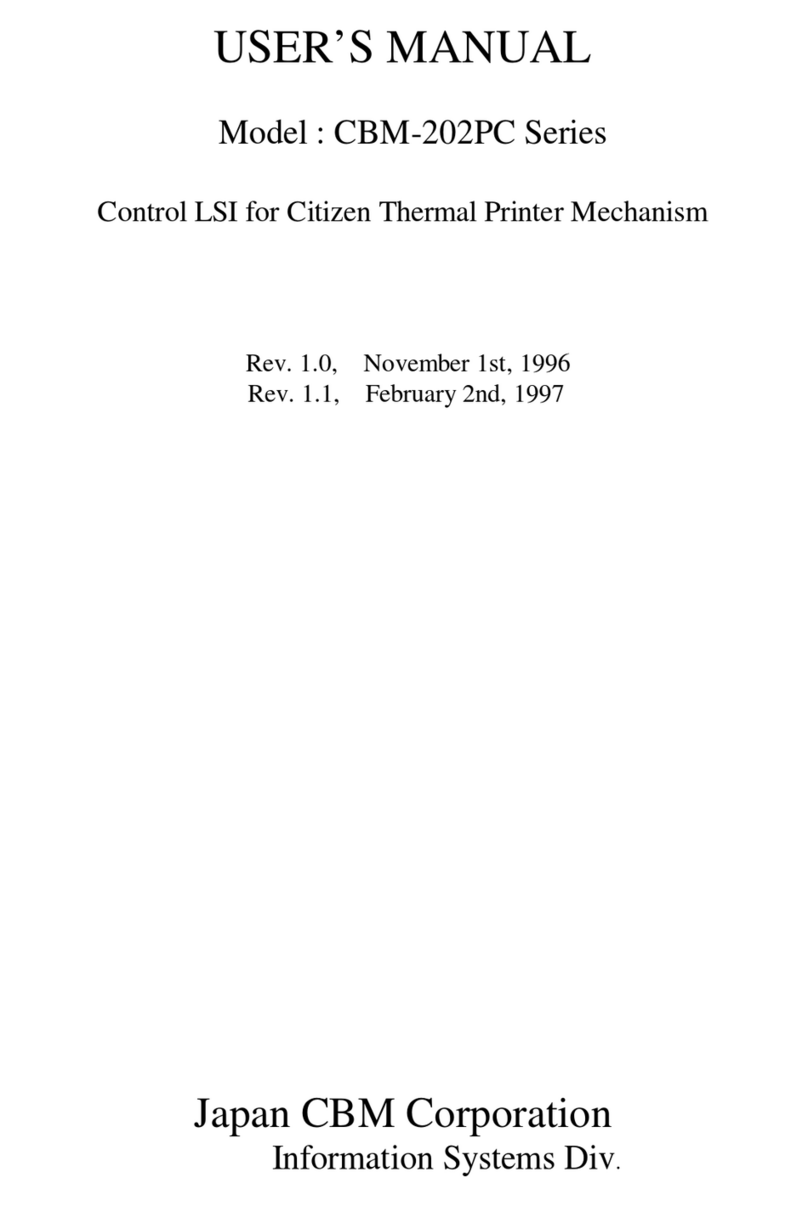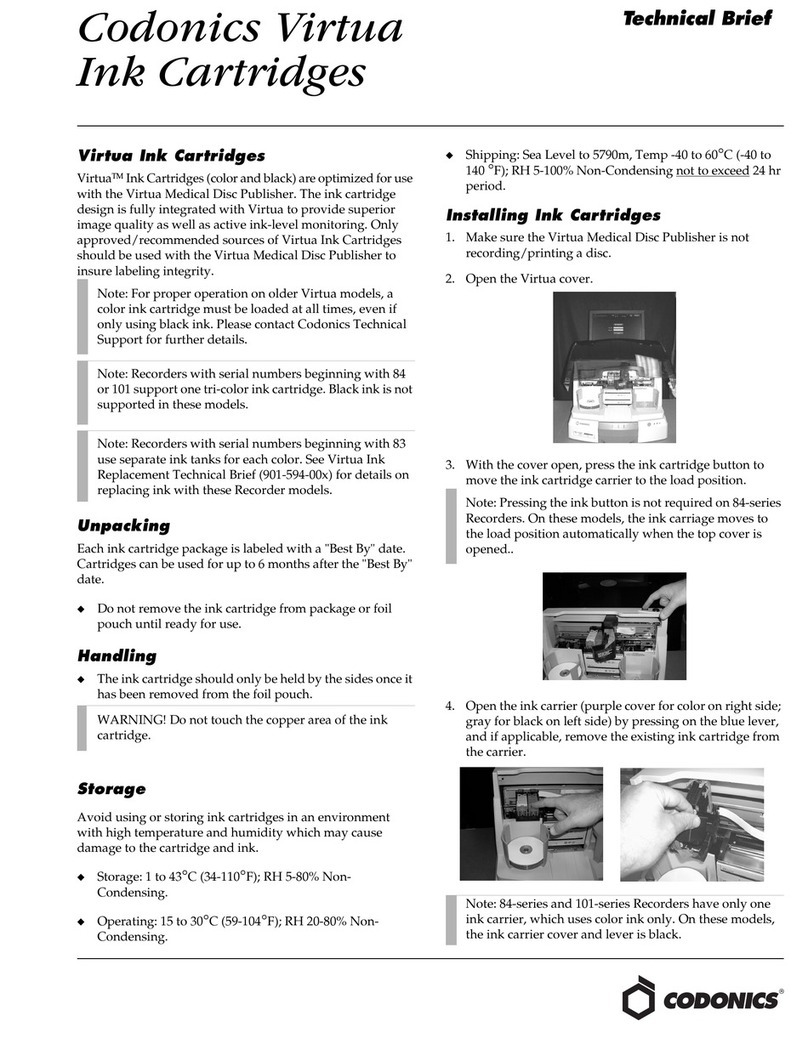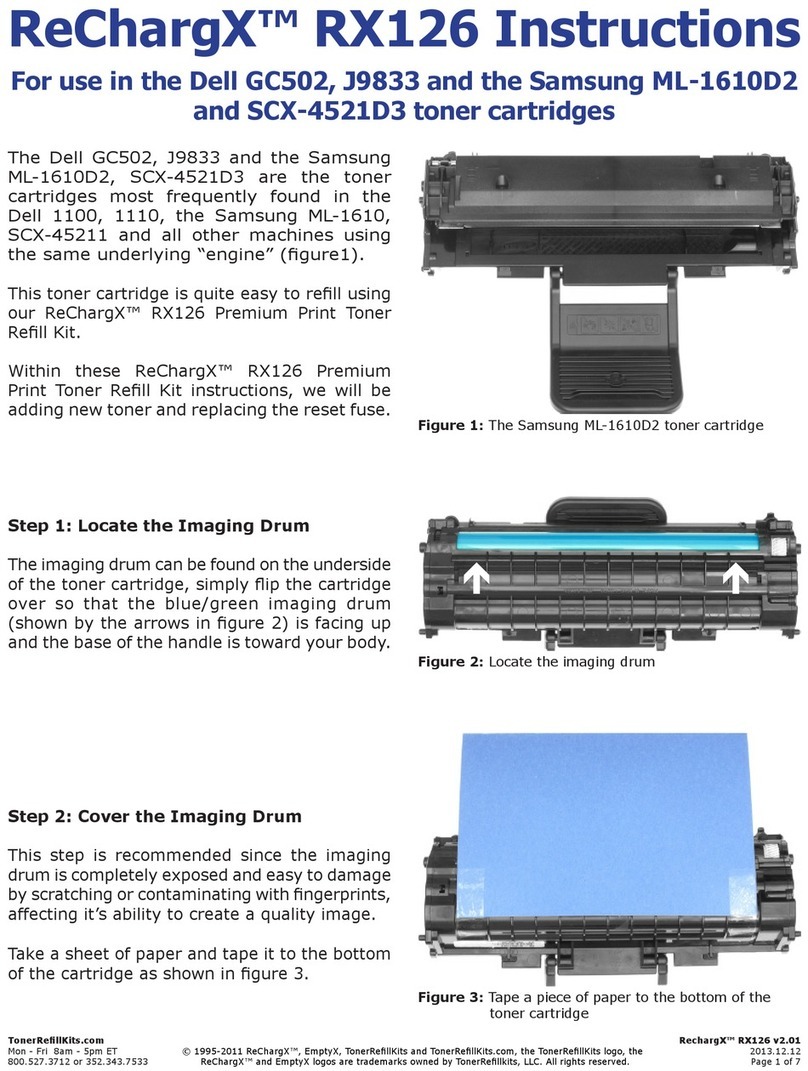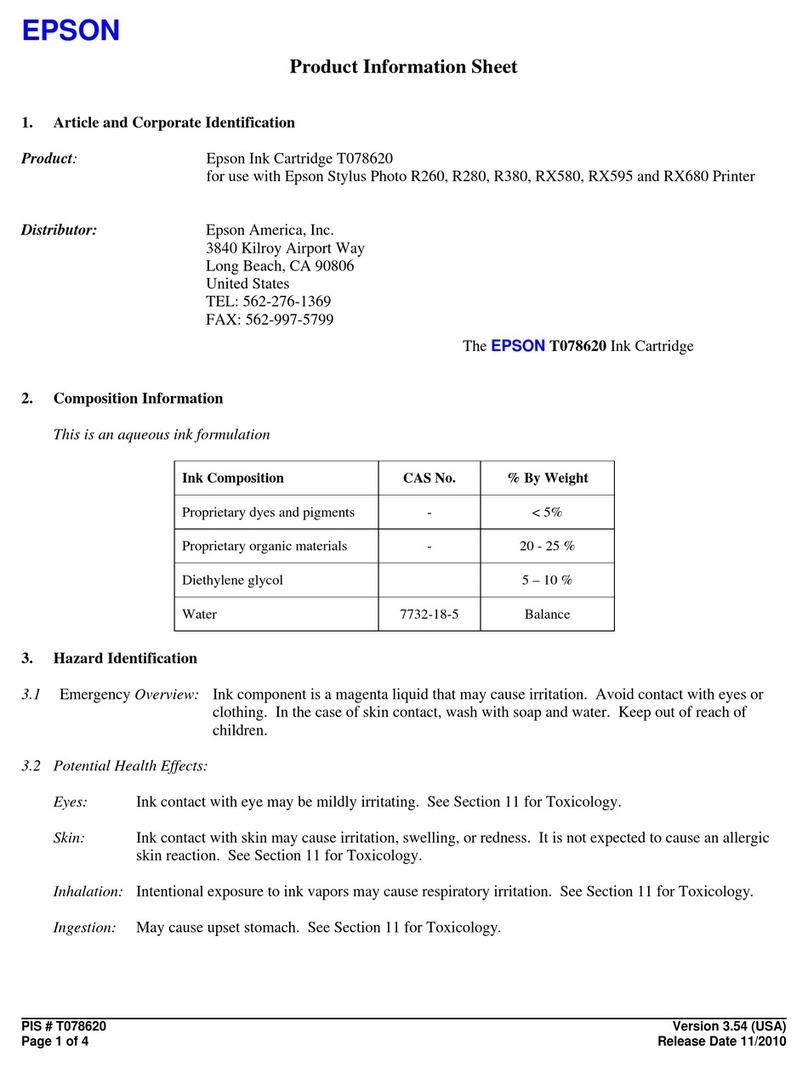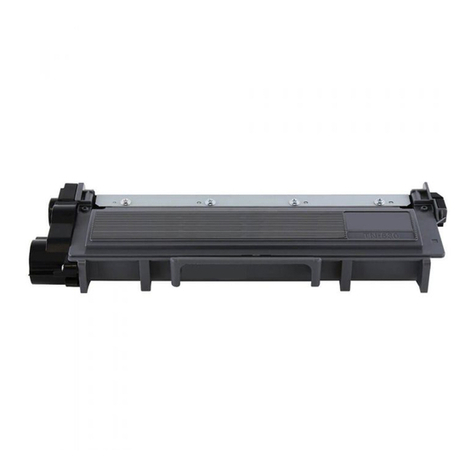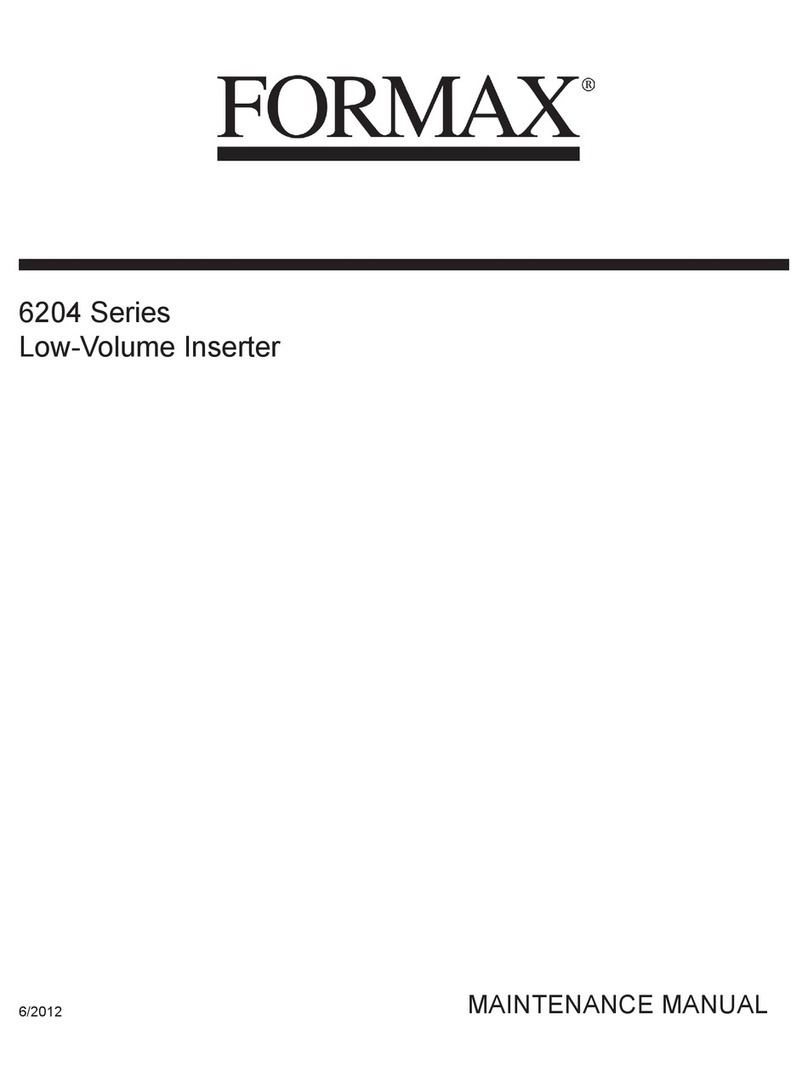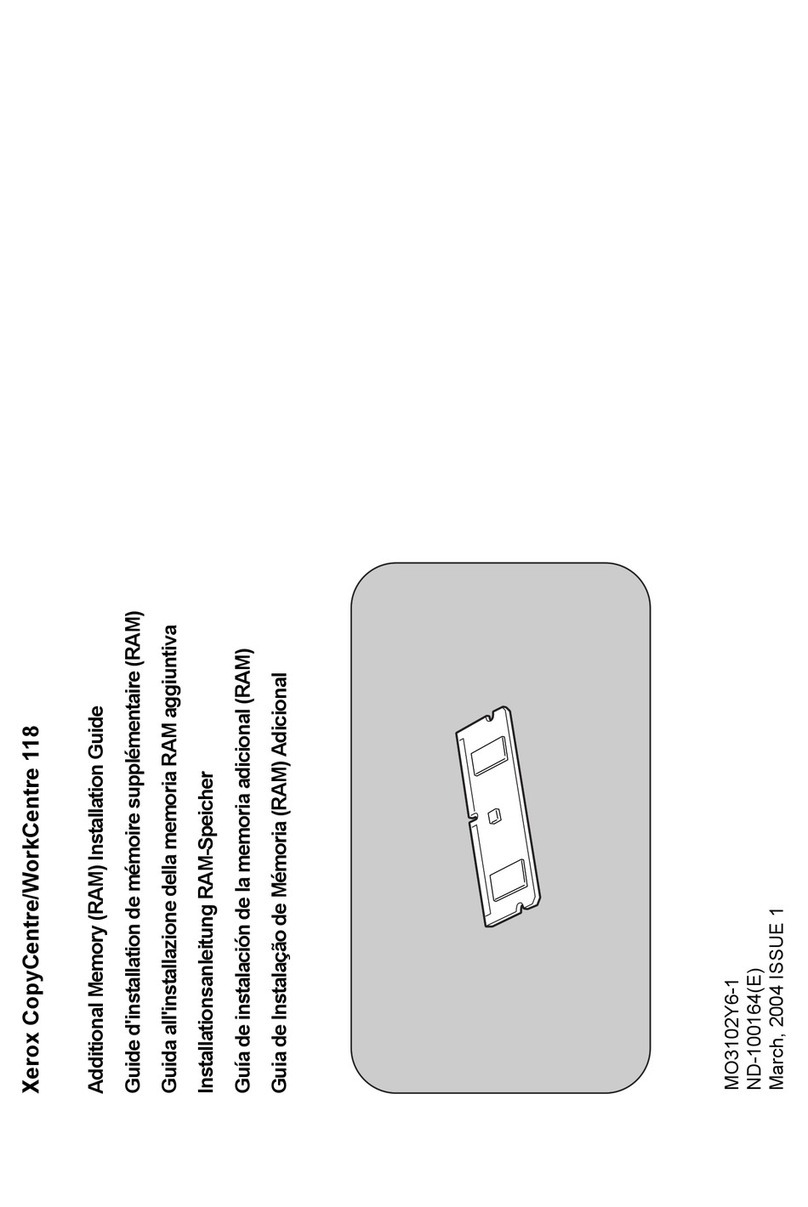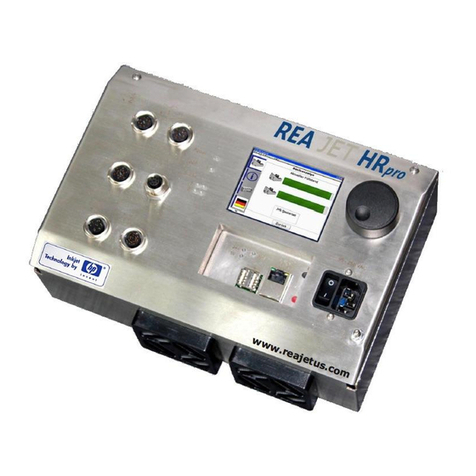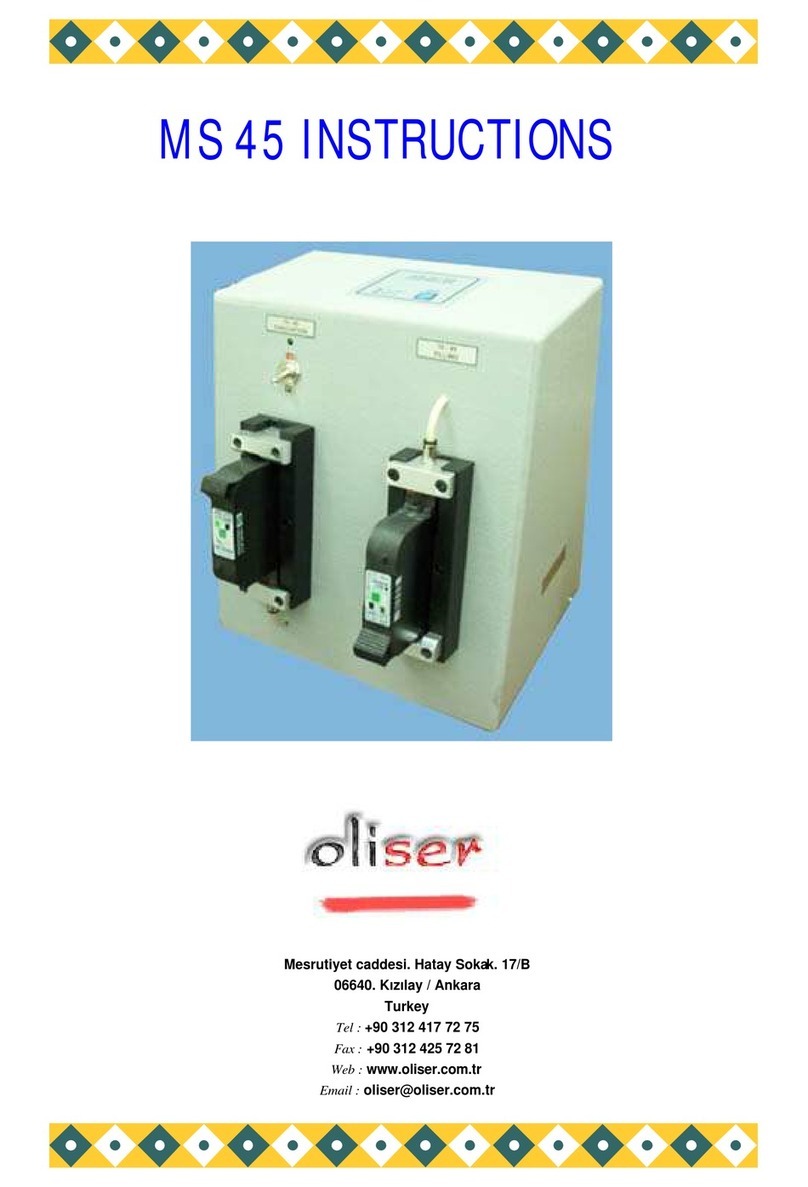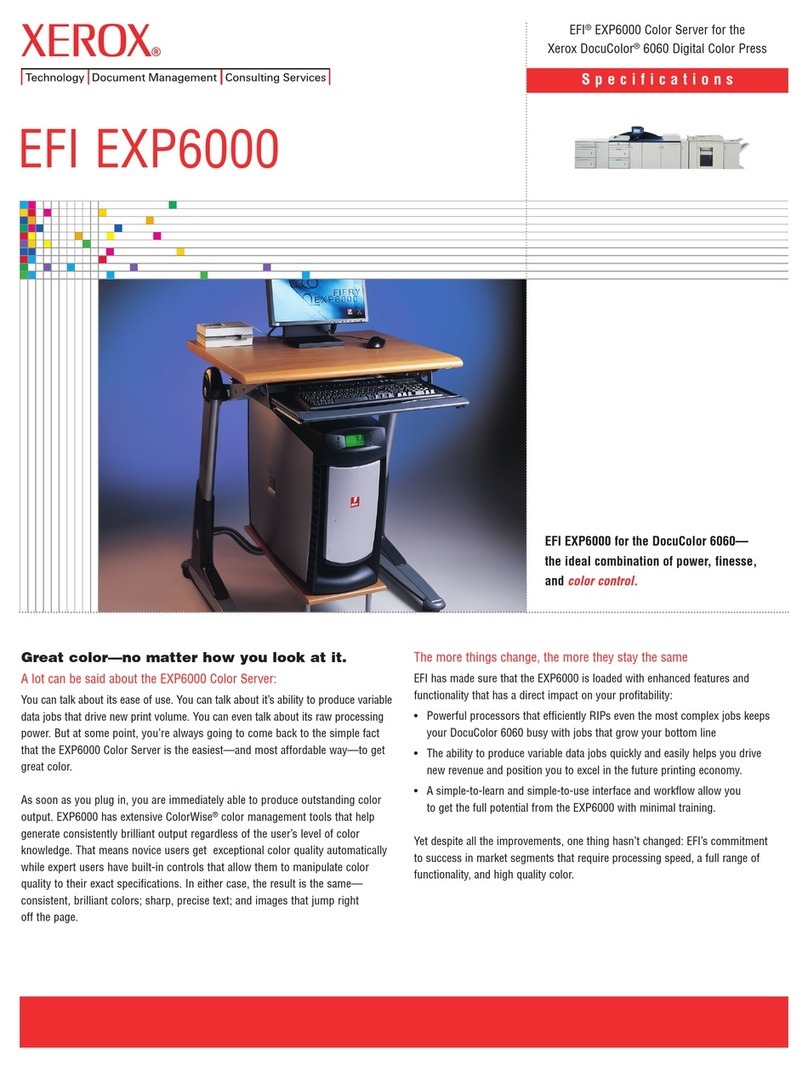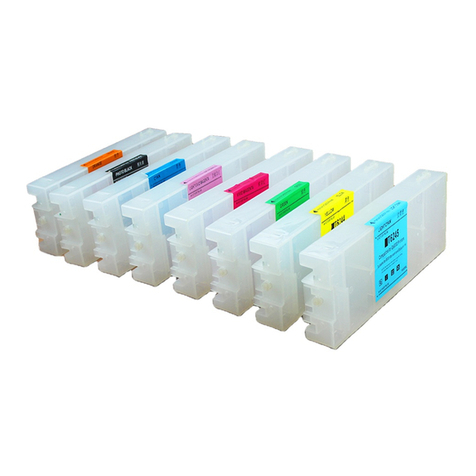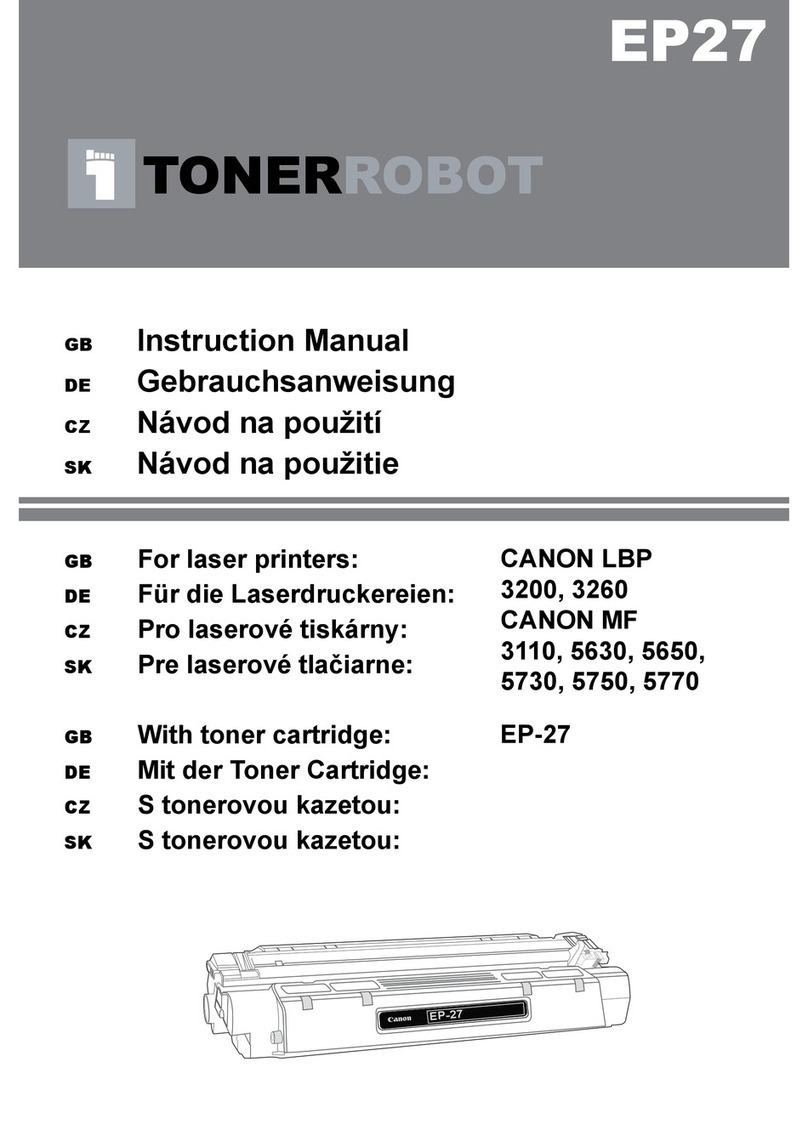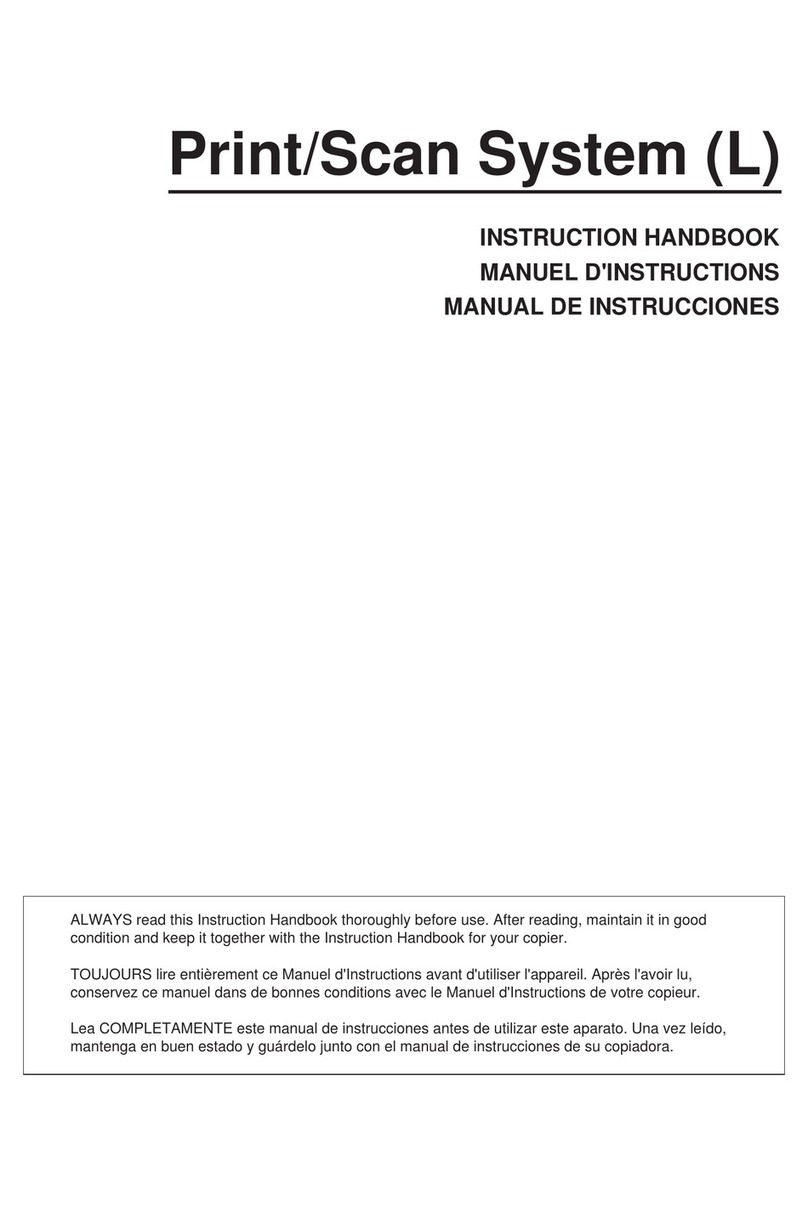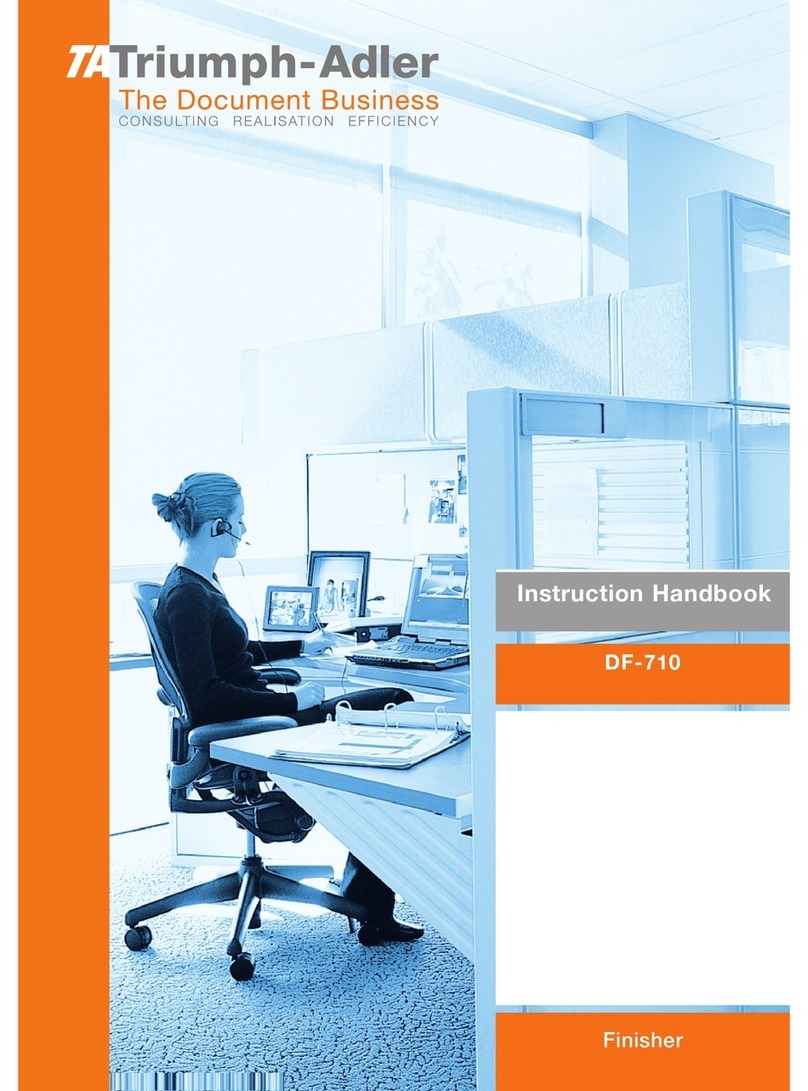
XJ128 and XJ128 Plus Printhead
XJ128 Guide to Operation Xaar Document no: D031010302 Version A Page 4
7.4.1 Small ink reservoir....................................................................................................... 40
7.4.2 Ink pump system.......................................................................................................... 40
7.4.3 System filter................................................................................................................. 40
7.4.4 Ink tubing..................................................................................................................... 40
7.5 Filling the printhead and supply system........................................................................... 40
7.5.1 Cleaning the ink supply system................................................................................... 40
7.5.2 Filling the printhead ..................................................................................................... 41
8Maintenance, Reliability and Lifetime..........................43
8.1 Printhead maintenance .................................................................................................... 43
8.1.1 Why printhead maintenance........................................................................................ 43
8.2 Maintenance strategies.................................................................................................... 43
8.2.1 Operational maintenance ............................................................................................ 43
8.2.2 Short-term maintenance.............................................................................................. 44
8.2.3 Long-term maintenance............................................................................................... 44
8.3 Printhead maintenance methods ..................................................................................... 44
8.3.1 Pressure purge............................................................................................................ 44
8.3.2 Vacuum purge ............................................................................................................. 45
8.3.3 Wiping.......................................................................................................................... 45
8.3.4 Vacuum wiping ............................................................................................................ 46
8.3.5 Blotting......................................................................................................................... 46
8.3.6 Ink Spitting................................................................................................................... 47
8.3.7 Capping ....................................................................................................................... 47
9Image Processing........................................................48
9.1 Image processing background......................................................................................... 48
9.1.1 File formats.................................................................................................................. 48
9.1.2 Image processing software.......................................................................................... 49
9.1.3 Colour spaces.............................................................................................................. 49
9.2 Processing an image........................................................................................................ 50
9.2.1 Process flow ................................................................................................................ 50
9.2.2 Resolution and sizing .................................................................................................. 51
9.2.3 Changing colour space................................................................................................ 52
9.2.4 Ink control.................................................................................................................... 52
9.2.5 Splitting ink channels................................................................................................... 53
9.2.6 Binary patterning methods........................................................................................... 54
9.2.7 Saving an image for printing........................................................................................ 55
9.2.8 XJ128 image transformation........................................................................................ 56
9.2.8.1 Printing angle and horizontal / vertical resolution ratios..................................... 56
9.2.8.2 Extraction of image data..................................................................................... 57
10Trouble Shooting.........................................................59
10.1 Printhead problems.......................................................................................................... 59
10.2 Returning printhead(s) to Xaar......................................................................................... 59

